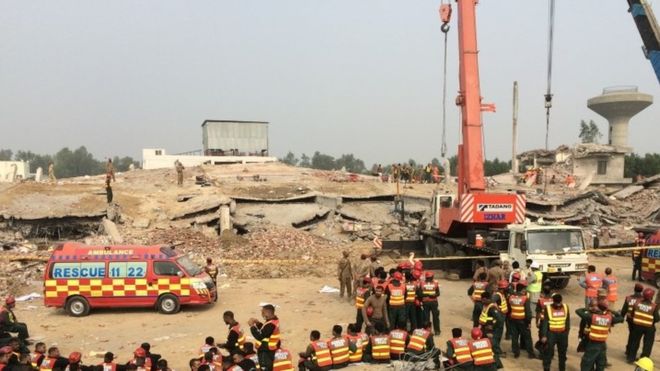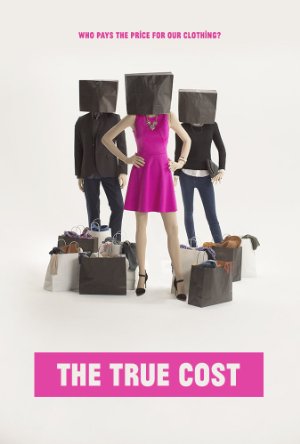Making Universal Children’s Day Meaningful
November 20th is Universal Children’s Day. The U.N. established Universal Children’s Day in 1954 to create a day of “activity devoted to the promotion of the ideals and objectives of the [U.N.] Charter and the welfare of children of the world.” Worthwhile goals, but as there are now more than 125 international observance days, it is fair to ask whether Universal Children’s Day makes a difference.
Universal Children’s Day presents an opportunity to reflect on both progress made and work still to be done. Since the adoption of the U.N. Convention on the Rights of the Child—the most comprehensive treaty on children’s rights and well-being—on November 20, 1989, significant progress has been made on behalf of tens of millions of children around the world. Yet much more work remains. The data on infant and child mortality rates reflects this: globally, the number of deaths of children under five declined from 12.7 million in 1990 to less than 6 million in 2015. That’s vital progress, as many children now realize their most precious right—to life and survival. Yet more than five million young children still die each year, largely due to preventable causes.
But Universal Children’s Day can be much more than a day to raise awareness. It can be a day of action, a launching point for initiatives that accelerate progress on children’s rights and wellbeing. What might that look like? I have three suggestions.
First, if you are President of the United States, send the Convention on the Rights of the Child (CRC) to the Senate for its advice and consent. The CRC is the most widely accepted human rights treaty in history. There are 196 parties to the treaty; the U.S. is the only country that hasn’t ratified it. The CRC has helped foster progress on law, policy, and programs aimed at improving children’s well-being and securing children’s rights. The U.S. signed the treaty in 1995, but it has taken no action since then (ratification is necessary to make a treaty legally binding).






